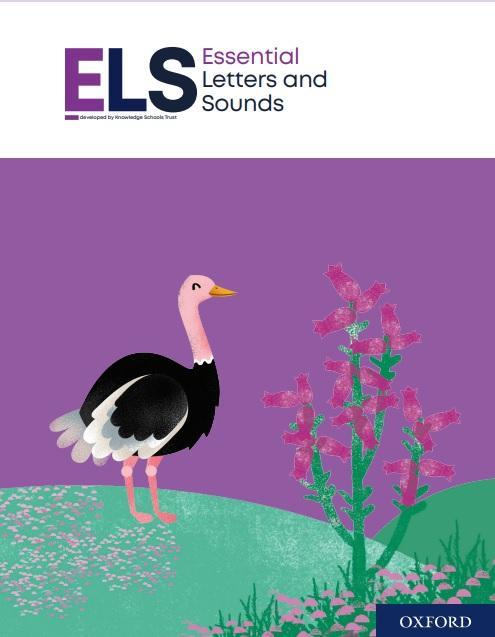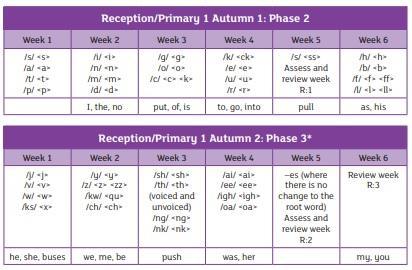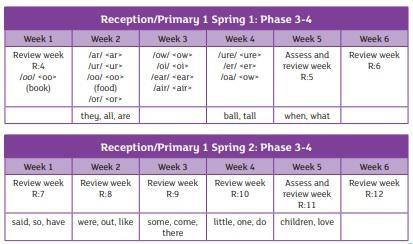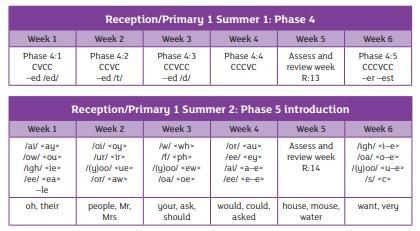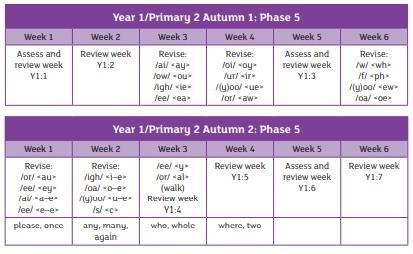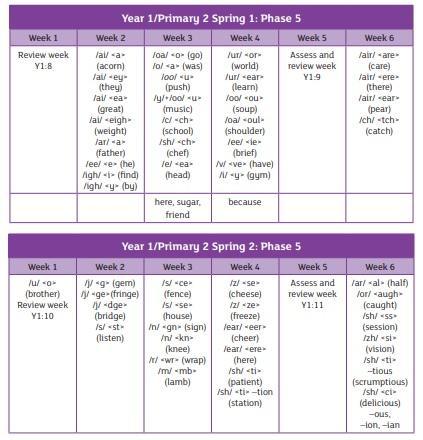Essential Letters and Sounds Phonics Programme
|
|
ELS Phonics Policy 2023 | [pdf 2MB] |
|
ELS Phonics Scheme
Following an update from the DfE around phonics teaching we have moved to Essential Letters and Sounds, this is a phonics programme based on Letters and Sounds (2007). This new phonics programme will support your children in making quick progress to become fluent and confident readers.
To best support us in teaching your child how to read we ask that you read the decodable books provided by the school 4 times across the week. Spending 10 minutes a day reading with your child will hugely support them in their journey to becoming an independent reader.
We will be changing children’s books once a week, this allows your child to re-read each text several times building their confidence and fluency. This is especially important as they begin to learn that the sounds within our language can be spelt in different ways.
It is a key part of learning to read that children re-read words and sentences that they can decode (sound out) until they are fluent (read with ease and precision). By reading texts several times children have the greatest opportunity to achieve this fluency.
The texts sent home are carefully matched to the teaching taking place in school. Your child will be practising what they have been taught in school with you at home. We will only ask children to read books independently when they can decode these by themselves. In addition, they will bring home other books. However, any books that are not yet decodable for the children will be a sharing book. These books are there for you to read with your child, helping us to instil a love of reading from the very beginning of their reading journey. These could be read together with your child reading the words they are able to decode or could be read to your child.
If you have any further questions or queries, please do not hesitate to contact your class teacher.
We will keep you informed of any forthcoming meetings for parents regarding the teaching of phonics and reading in our school.
An Overview of ELS
ELS teaches children to read using a systematic synthetic phonics approach. It is designed to be used as part of an early learning environment that is rich in talk and story, where children experience the joy of books and language whilst rapidly acquiring the skills to become fluent independent readers and writers.
ELS teaches children to:
• decode by identifying each sound within a word and blending them together to read fluently
• encode by segmenting each sound to write words accurately.
As children move into Key Stage 2, it is vitally important that even those who have made the slowest progress are able to read age-appropriate texts independently and with fluency. For children to engage with the wider curriculum, they need to be able to read well, making inferences and drawing on background knowledge to support their developing understanding of a text when they read. To do this, they need to be able to draw not only on their phonic knowledge but also on their wider reading and comprehension skills, each of which must be taught.
The first step in this complex process is the link between spoken and written sounds. . Children are given the opportunity to hear and say each sound, first in isolation, and then within words and sentences. ELS whole-class, daily phonics teaching begins from the first days of Reception. Through the rigorous ELS teaching programme, children will build an immediate understanding of the relationship between the sounds they can hear and say (phonemes) and the written sounds (graphemes).
The structure of the lessons allows children to predict what is coming next, what they need to do, and how to achieve success.
